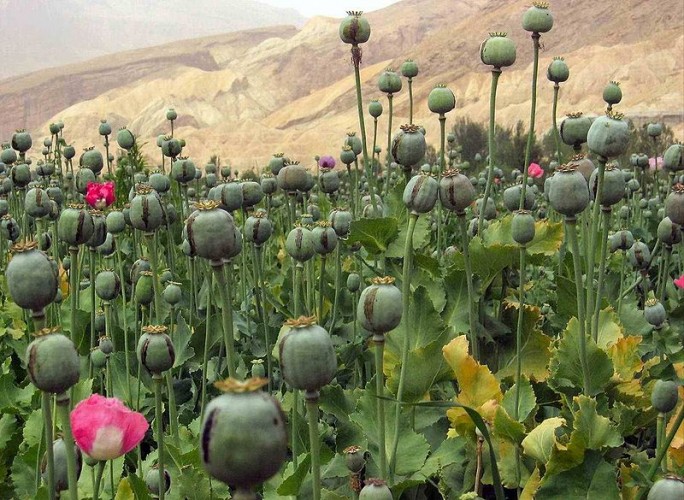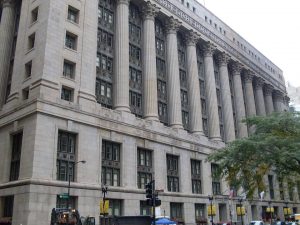A recent study from the United Nations Office on Drugs and Crime found opium cultivation up 7 percent from 2010, and that the most insecure regions in Afghanistan were responsible for 95 percent of its opium cultivation.
The study also shows a mere 19 acres of land were being used for opium cultivation in 2001, the year the United States invaded Afghanistan. Since then, opium cultivation in Afghanistan has dramatically increased, with 323 acres used for opium growth in 2011.
Rick Rozoff, a Chicago-based writer who contributes to a blog called Stop NATO, points out that Viktor Ivanov, a director of Russia’s Federal Service for the Control of Narcotics, has been critical of U.S. and NATO occupation of Afghanistan for years.
“The same Ivanov has been saying for years that under NATO occupation, opium cultivation in Afghanistan has increased 40 times, 4,000 percent,” he said.
United Nations data also states that Afghanistan suffers from one of the highest rates of opium consumption in the world.
“Russia is suffering a heroin epidemic, Iran is suffering from a heroin epidemic and the only thing that 10 years of military carnage in Afghanistan has accomplished is a 4,000 percent increase in opium cultivation,” Rozoff said.
Scott Hibbard, an associate professor of political science at DePaul University, said the U.S. does bear some responsibility for Afghanistan’s opium troubles.
“NATO didn’t necessarily facilitate it, but the U.S., by its inaction, allowed it to flourish,” he said.
Hibbard said by setting up the Karzai administration and providing it with virtually no aid, the U.S. left a weak government that was desperate for income.
“It’s just natural that if these regional militias are going to maintain their power, they’re going to need to wrap up the production of the only cash crop that they have,” Hibbard said. “So, what you see in the immediate aftermath of the U.S.’s invasion of Afghanistan is a dramatic increase in opium production.”
Assunta Nicolini is a doctoral candidate at City University London. Her research follows Afghan migration to Europe and the United Kingdom after 2001.
She has done research while in Afghanistan, and said the Afghans’ relationship with opium is a complex one.
Poverty, she said, is one of the main reasons they produce it.
“Given that the experience with alternative cultivation has not been a positive one in most of the areas where it has been implemented, people have turned again to poppy in order to survive,” she said via email.
In this case, she said, Afghans do not necessarily perceive the cultivation of opium to be a crime, as it is in the Western world.
“Common Afghans do not see it as an industry, as the real gains do not go into the hands that produce it, they go into the hands of those that refine and smuggle it,” Nicolini said.
Nicolini also said it is well known in Afghanistan that part of the Taliban funding comes from opium and heroin smuggling.
But Professor Francis Boyle, a professor of International law at the University of Illinois College of Law, said the Taliban enforced strict rules when it came to opium production.
“The Taliban outlawed and prohibited the production of heroin while they were in power in Afghanistan and effectively it ended,” Boyle said.
He said currently there is only circumstantial evidence to suggest that the U.S. and NATO are in any way directly connected to the increase in opium production.
“Since the U.S. and NATO showed up, there has been a massive increase in the production of opium and heroin trafficking into Russia and in Europe,” Boyle said. “Even the Russian government, which supports us in Afghanistan, nevertheless has publicly criticized us for this.”
He stressed that the U.S. should be actively investigating the opium situation in Afghanistan.
“Where there’s smoke, there’s fire and there’s an awful lot of smoke going on here,” Boyle said. “And certainly what we need here are congressional investigations of this.”













Be First to Comment